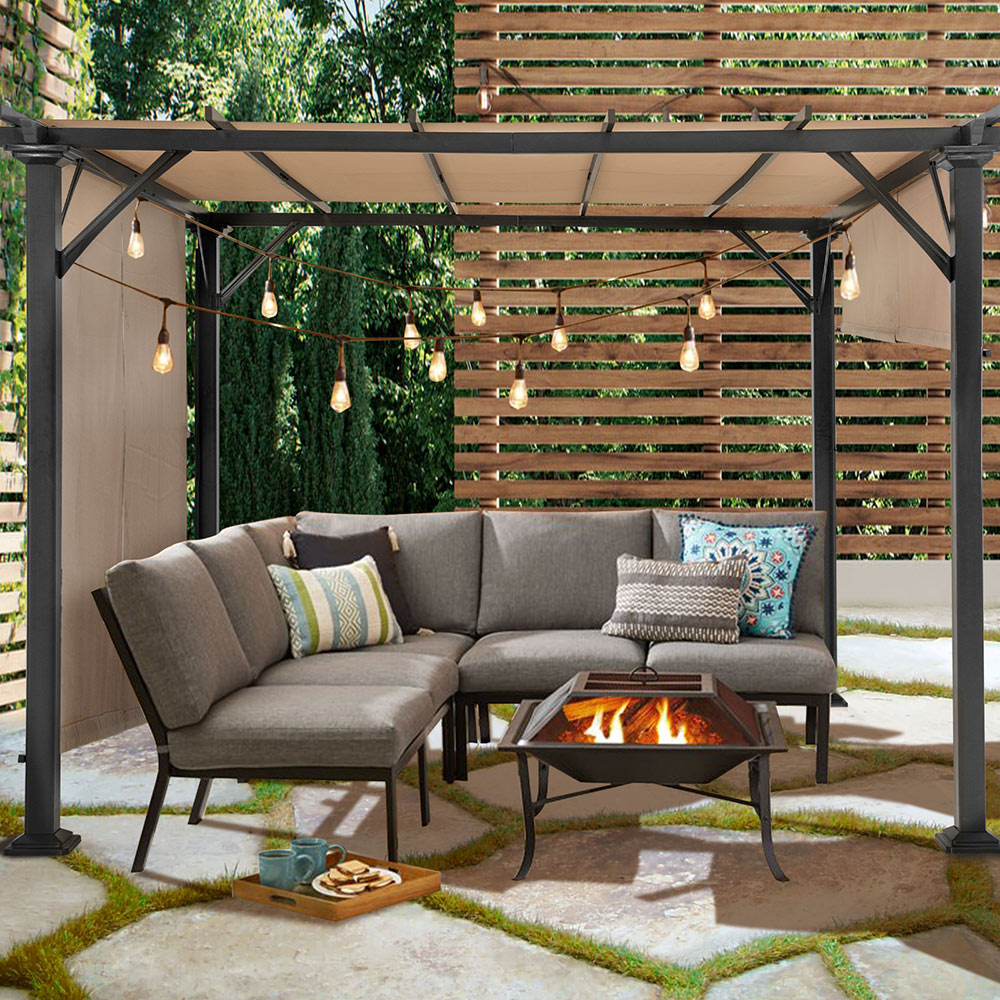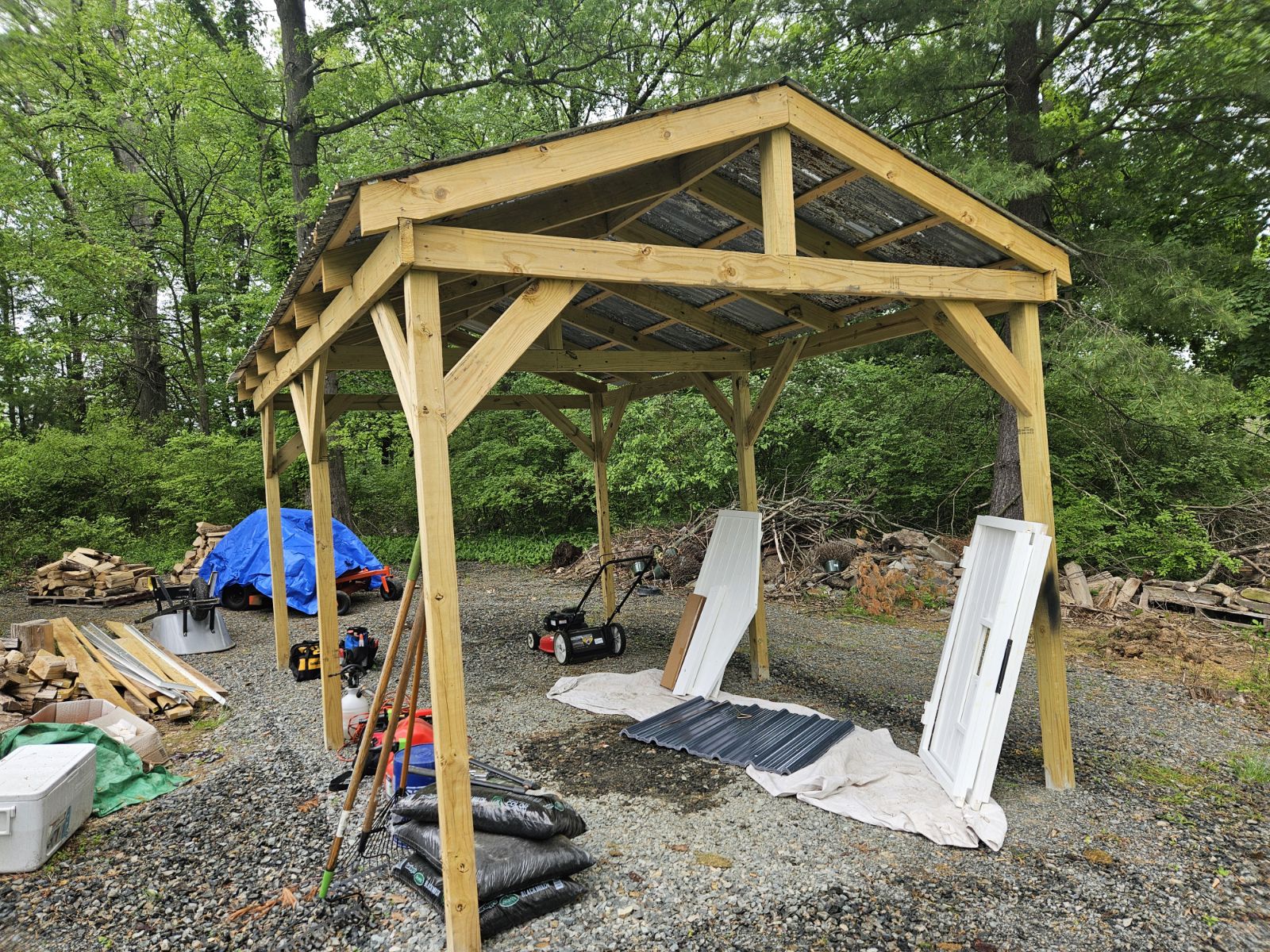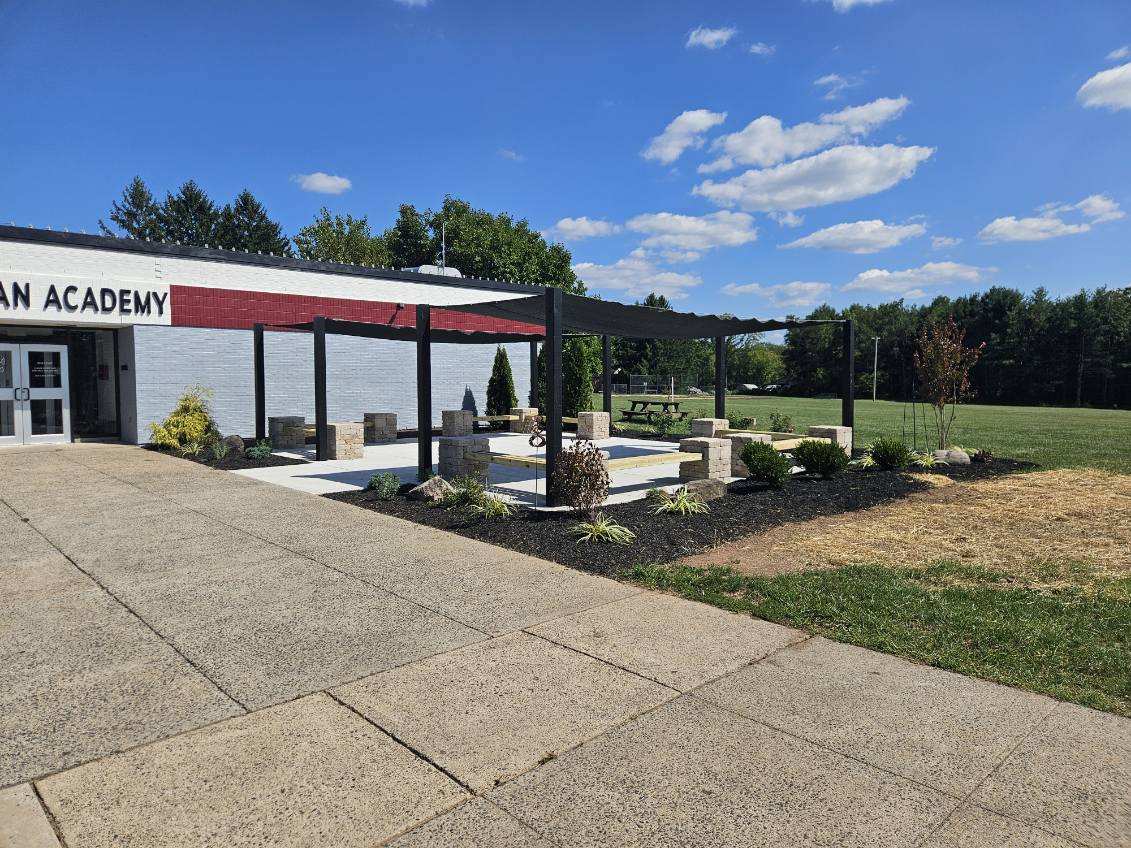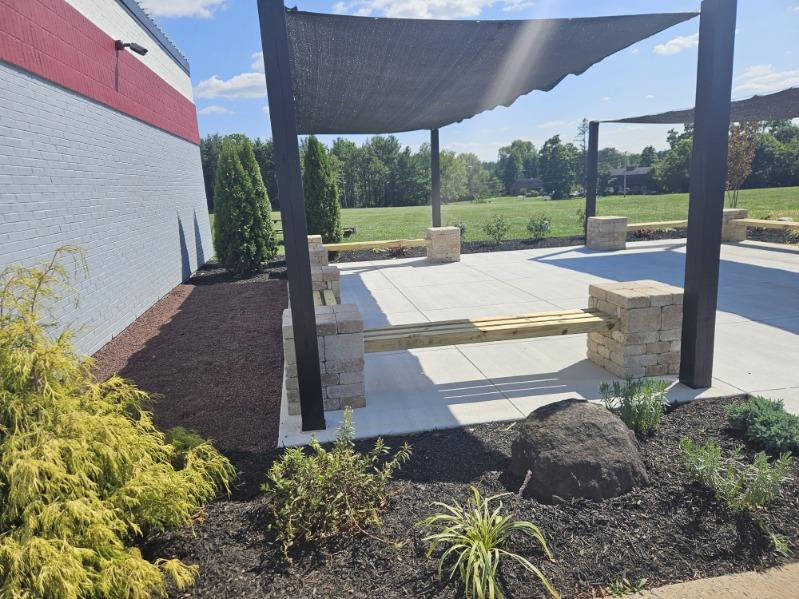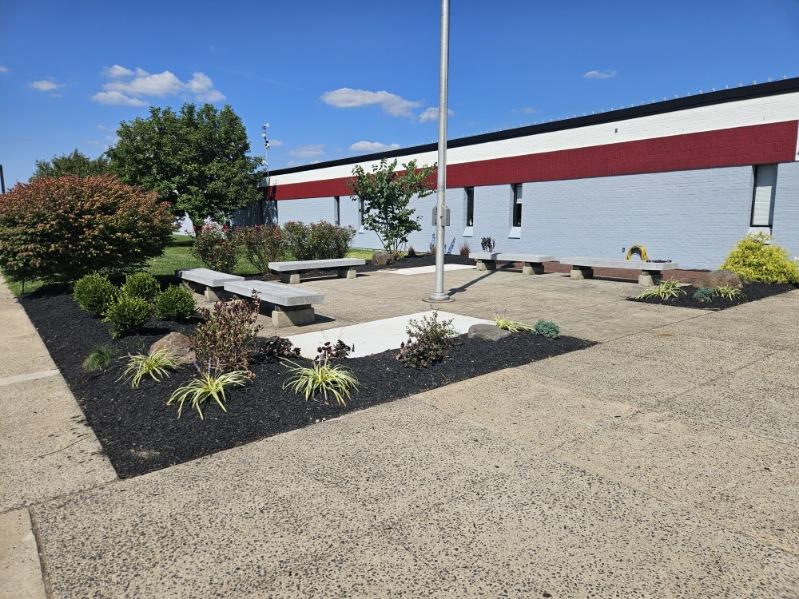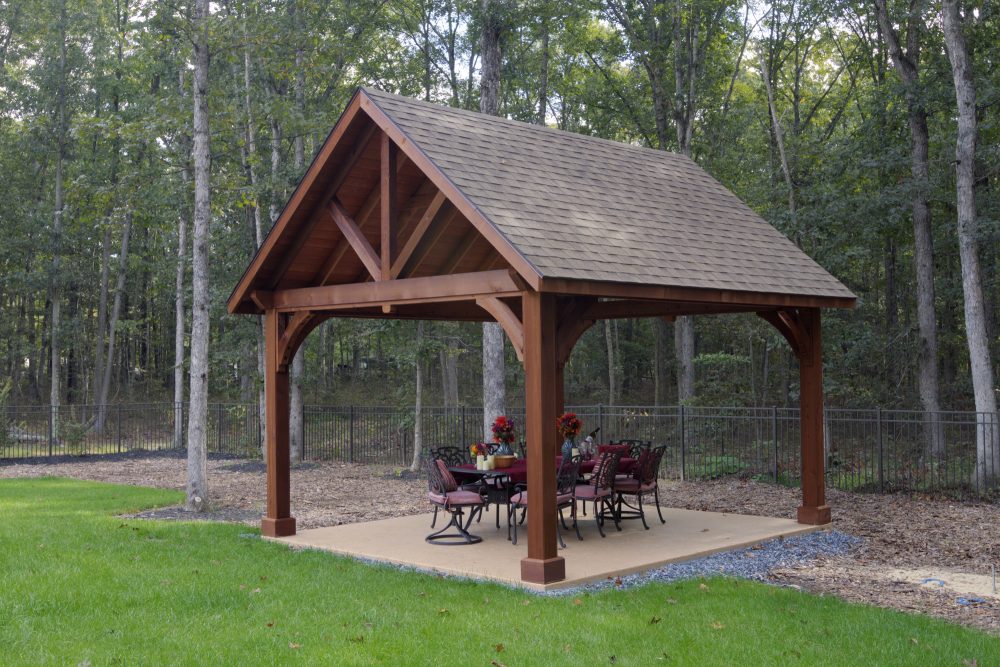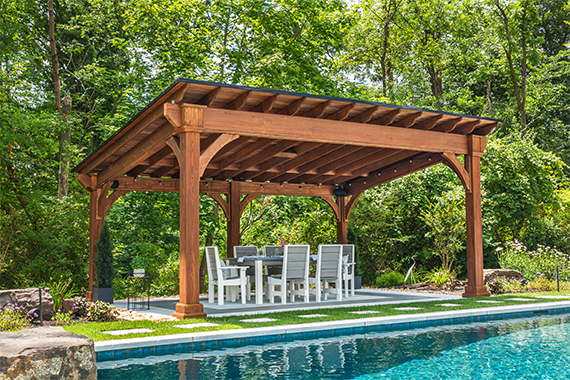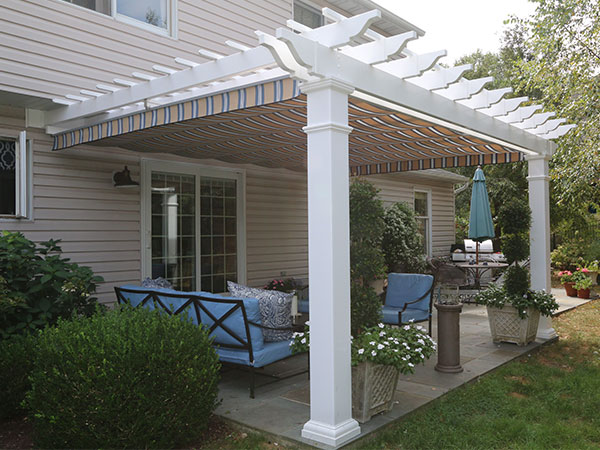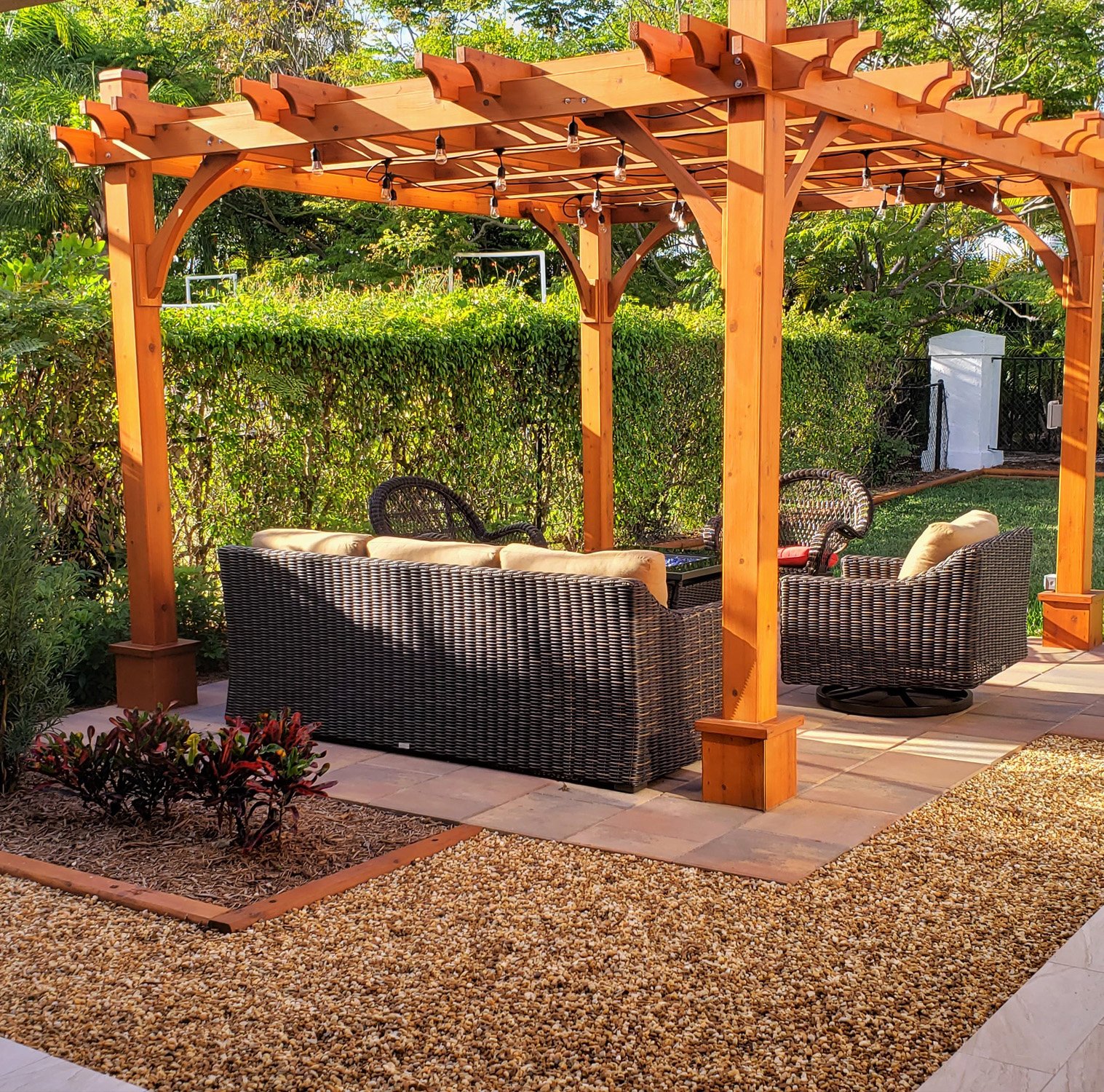Outdoor Structures
RH Design Concepts builds, designs, and constructs outdoor structures, including pavilions, pergolas, wood sheds, arbors, and more. We work with the highest quality materials for your value in each project and often use high quality prefabricated kits to keep the cost down and speed of construction up. We work to 2D or 3D design your structure so you can see it before it is built during the design process. That might be for a wood shed for firewood storage, or a pavilion for your patio to keep an intimate experience for guests, or a pergola to create filtered shade on your sunny patio. We work with the township to ensure your structure is permitted and you’re ready to go. Start the design process with us today. Let our team begin helping you and contact us about the installation of your deck project.
A new or rebuilt structure is essential to making your outdoor space look amazing. All of our deck builds can certainly make a great impression. Our specialty is making sure the project turns out as you intended. RH Design Concepts is dedicated to going above and beyond to ensure the correct installation methods and safety precautions are taken. Talk to our team today and learn more.
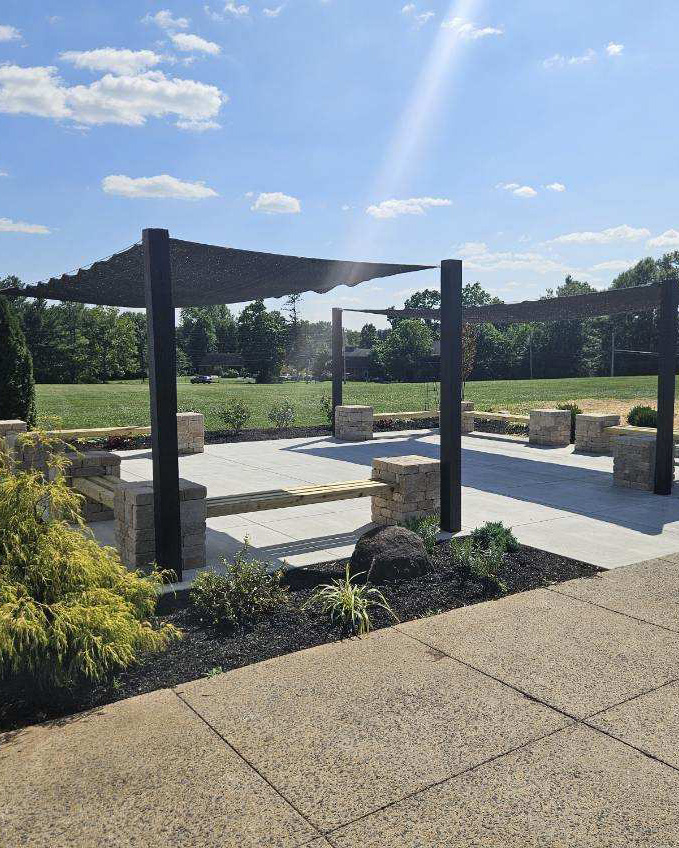
Request A Free Consultation
Complete the form below and we will schedule a time to discuss your project.
About this process
Designing and building a new outdoor structure—can be exciting and rewarding projects that can enhance the visual appeal, aesthetics, and value of your home. With the right planning and execution of each stage of your deck construction we also customize the project with your vision and selection. Whether you’re updating a few outdoor elements or completely transforming your outdoor space, thoughtful design, quality materials, and skilled craftsmanship are key to achieving successful results. Here’s a basic guide to our process:
We always aim to exceed expectations—at every project
- Understanding the full scope of work is crucial to correct installation
- From preparation to finish with cleanliness—we aim to get it right
- Our team has the expertise to get the project completed successfully
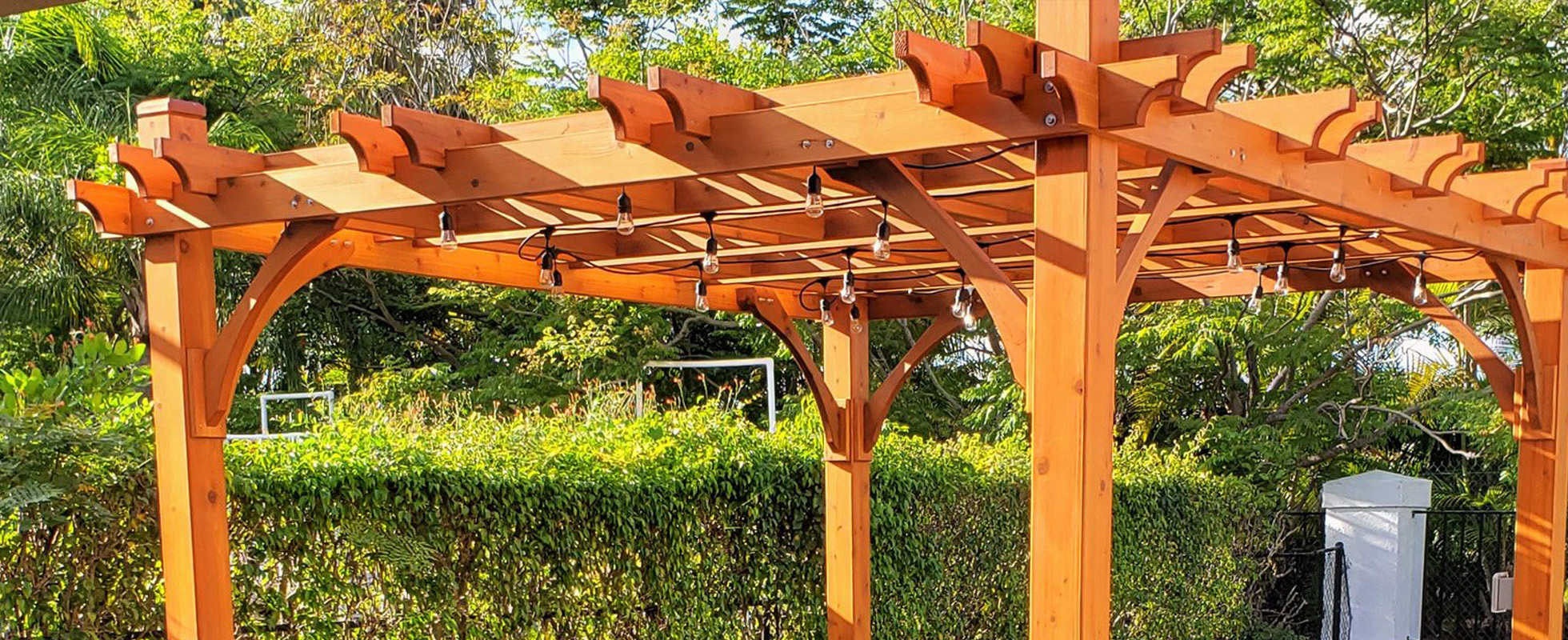
Call For a Quote:
267•733•3831
UNDERSTANDING THE SCOPE OF WORK
OUTDOOR STRUCTURES
By carefully planning and executing each stage of an outdoor structure at your property you can create a beautiful, functional, and comfortable space that meets your needs and reflects your personal style. Installing an outdoor structure like a pergola or pavilion involves several steps, from planning and preparation to construction and finishing. Here’s a detailed breakdown of the process:
1. Planning and Design
- Assessment:
- Site Evaluation: Assess the location where the structure will be installed. Consider factors like sunlight, shade, wind exposure, and proximity to existing features (e.g., house, trees).
- Purpose: Define the purpose of the structure—whether for dining, relaxing, or entertaining. This will influence the design and size.
- Design:
- Layout: Sketch the design, including dimensions, style (e.g., modern, traditional), and any additional features (e.g., built-in seating, planters).
- Materials: Choose materials based on the design and desired durability. Options include wood, metal, or composite materials.
- Permits: Check local building codes and obtain any necessary permits. Ensure the design complies with regulations regarding height, size, and placement.
- Budgeting:
- Estimate Costs: Calculate the costs for materials, tools, and any labor if hiring professionals. Adjust the design if needed to fit within your budget.
2. Preparation
- Tools and Materials:
- Tools: Gather tools such as a tape measure, level, drill, saw, hammer, and safety gear.
- Materials: Acquire materials such as posts, beams, rafters, connectors, concrete, screws or nails, and any finishing materials (e.g., stain, paint).
- Site Preparation:
- Clearing: Remove any vegetation, debris, or obstacles from the installation area.
- Marking: Mark the layout of the structure on the ground using stakes and string lines. Measure and mark the locations for posts and footings.
3. Foundation and Posts
- Footings:
- Digging: Dig holes for the footings at the marked locations. The depth will depend on the structure’s size and local frost lines.
- Footings: Pour concrete into the holes to create footings. Insert post anchors or post bases into the wet concrete. Allow the concrete to cure as per the manufacturer’s instructions.
- Posts:
- Installing Posts: Once the footings are set, attach the vertical posts to the footings. Ensure they are plumb and level. Secure them with bolts or post anchors as needed.
4. Framing and Structure
- Beams and Rafters:
- Beams: Install horizontal beams across the top of the posts. Secure them using brackets or connectors. Ensure the beams are level and properly aligned.
- Rafters: Attach the rafters to the beams, spacing them according to your design. Secure the rafters with screws or nails. Check for level and alignment.
- Bracing:
- Stability: Add diagonal braces or cross-bracing as needed to provide stability and prevent movement.
5. Roof and Covering
- Roof Installation (if applicable):
- Covering: Install the roof or covering materials according to your design. Options include slatted roofs (for pergolas) or solid roofs (for pavilions).
- Securing: Attach the covering to the rafters using screws or brackets. Ensure it is properly aligned and secured.
- Additional Features:
- Gutters and Downspouts: If installing a solid roof, consider adding gutters and downspouts to manage rainwater.
- Privacy Screens or Curtains: Install any additional features such as privacy screens, curtains, or climbing plants.
6. Finishing Touches
- Sanding and Staining/Painting:
- Sanding: Sand any rough areas or edges to create a smooth finish.
- Staining/Painting: Apply stain or paint to protect the structure and enhance its appearance. Follow the manufacturer’s instructions for application and drying times.
- Clean-Up:
- Debris Removal: Remove any construction debris, dust, and excess materials from the site.
- Inspection: Inspect the completed structure for any issues, such as loose components or uneven surfaces. Make any necessary adjustments or repairs.
7. Maintenance
- Regular Checks:
- Inspection: Periodically inspect the structure for signs of wear, damage, or deterioration. Check for loose screws, cracks, or weathering.
- Cleaning: Clean the structure regularly to remove dirt, leaves, and debris. Use mild cleaners and avoid harsh chemicals that may damage the finish.
- Repairs:
- Fix Issues: Address any issues promptly, such as replacing damaged boards, tightening loose fasteners, or repairing any wear.
- Protective Treatments:
- Sealing: Reapply sealant or finish as needed to maintain protection and appearance. The frequency will depend on the material and exposure to weather.
By following these steps, you can successfully install a pergola or pavilion that enhances your outdoor space, providing both functional and aesthetic benefits. Proper planning, careful construction, and regular maintenance will ensure your structure remains a valuable and enjoyable addition to your property.
Our goal is to help you!
We’re dedicated to getting your outdoor structure project right.
F.A.Q.
There are many different details that surround building a deck. Our team is always happy to help you learn more about your project.
What are the benefits of installing an outdoor structure?
Outdoor structures enhance outdoor living spaces, provide shade and shelter, increase property value, and offer a designated area for relaxation, dining, or entertaining.
How do I choose the right design for my outdoor structure?
Consider factors such as the intended use (e.g., dining, lounging), the style of your home, the size of your outdoor space, and your personal aesthetic preferences. Also, consider how the structure will integrate with existing landscaping and features.
Do I need a permit to build a pergola or pavilion?
Permits are often required, especially for larger structures or those that involve significant alterations to your property. Check with your local building department to determine specific permit requirements and building codes.
How do I determine the best location for my outdoor structure?
Choose a location that complements your existing landscape, provides the desired amount of sun and shade, and has a level surface. Also, consider accessibility, views, and proximity to other outdoor features.
How do I integrate my outdoor structure with existing landscaping?
Plan the design to complement your existing garden, pathways, and outdoor features. Incorporate landscaping elements like plants, lighting, and furniture to create a cohesive and inviting space.
Contact Us
Always feel free to contact us about any questions you have, to setup a free consultation, or just to say hello!

